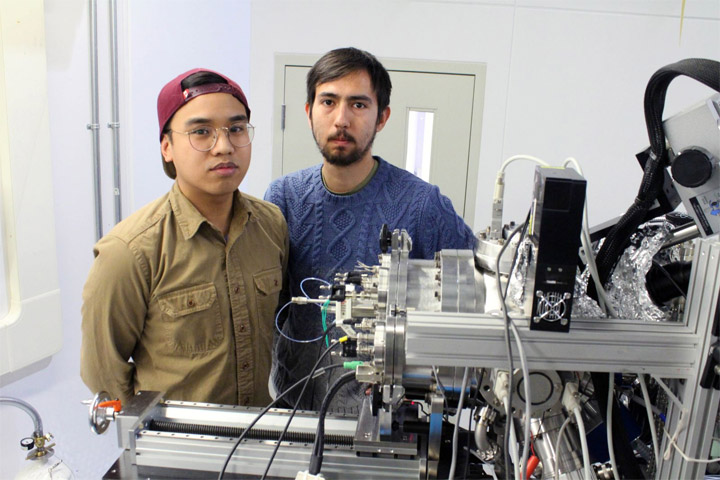Researchers may have found a way of converting carbon dioxide into plastic.

The group, led by the University of Toronto (U of T) Ted Sargent group, used a new technique exclusive to the Canadian Light Source (CLS) in Saskatoon to pinpoint conditions that would convert CO2 most efficiently into ethylene.
Ethylene is used to make polyethylene, the most common plastic used with an annual global production of 80 million tonnes.
The results of the study could help divert CO2 from the atmosphere while reducing the need for fossil fuels to make products.
“The future will be filled with technologies that make value out of waste,” said U of T PhD student Phil De Luna, who was the lead researcher on the project.
“It’s exciting because we are working towards developing new and sustainable ways to meet the energy demands of the future.”
The team was able to design a catalyst to pinpoint the ideal conditions to maximize ethylene production while at the same time minimizing methane output to nearly nothing.
The team said they could not have made the discovery without a new piece of equipment developed at the CLS.
Tom Regier, a senior scientist at the facility, made it possible for researchers to study both the shape and the chemical environment of their research in real time.
- High benzene levels detected near Ontario First Nation for weeks, residents report sickness
- Meta says you can’t turn off its new AI tool on Facebook, Instagram
- Enter at your own risk: New home security camera aims paintballs at intruders
- Beijing orders Apple to pull WhatsApp, Threads from its China app store
“This unique measurement allowed us to explore a lot of research questions about how the process takes place and how it can be engineered to improve,” said PhD student Rafael Quintero-Bermudez, the paper’s other first co-author.
The team almost didn’t make their discovery.
After many failed attempts, they were near the end of their allotted time at CLS when the key results came in.
“We were about to give up, but when the results came in, they were so good we had to sit down. Really beautiful results,” Quintero-Bermudez said.
The results of the study were published Monday in the brand-new Nature family journal Nature Catalysis.
CLS is one of the largest science projects in Canadian history. Over 1,000 scientists from around the world travel to Saskatoon annually to conduct research in a number of different fields including agriculture, health and the environment.


Comments